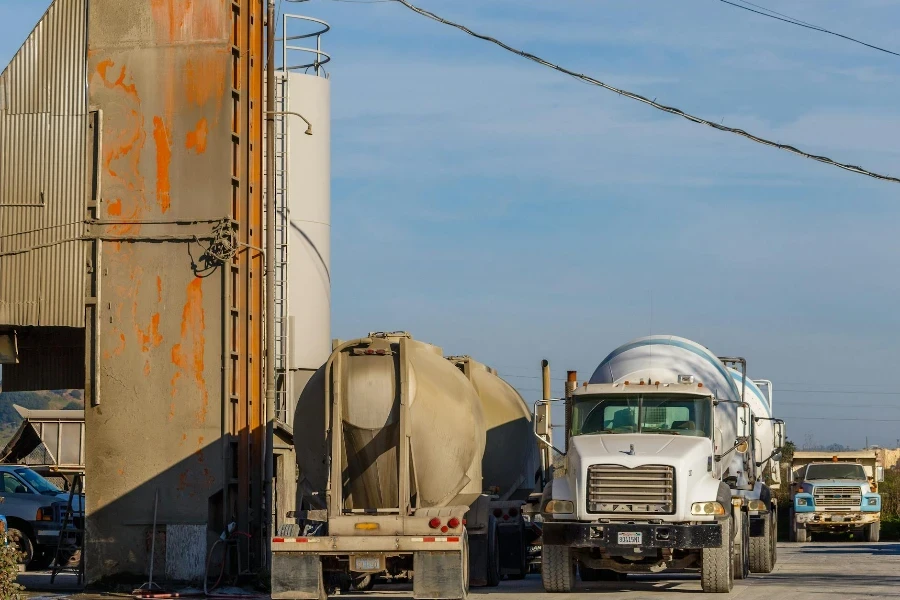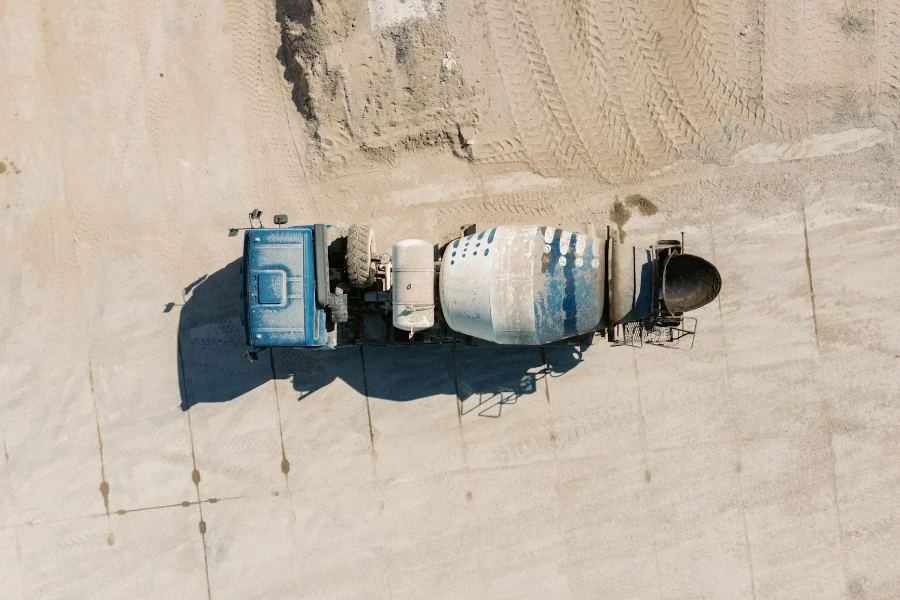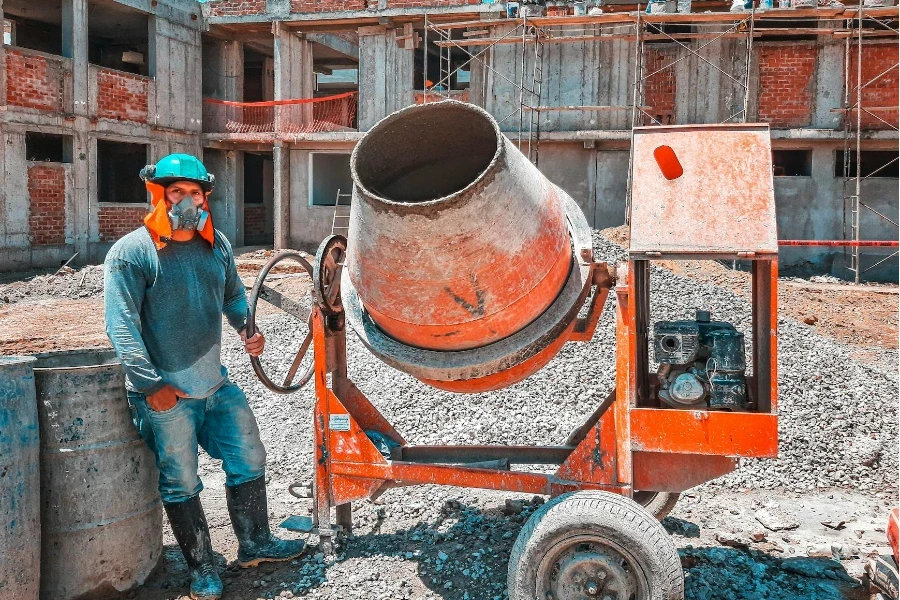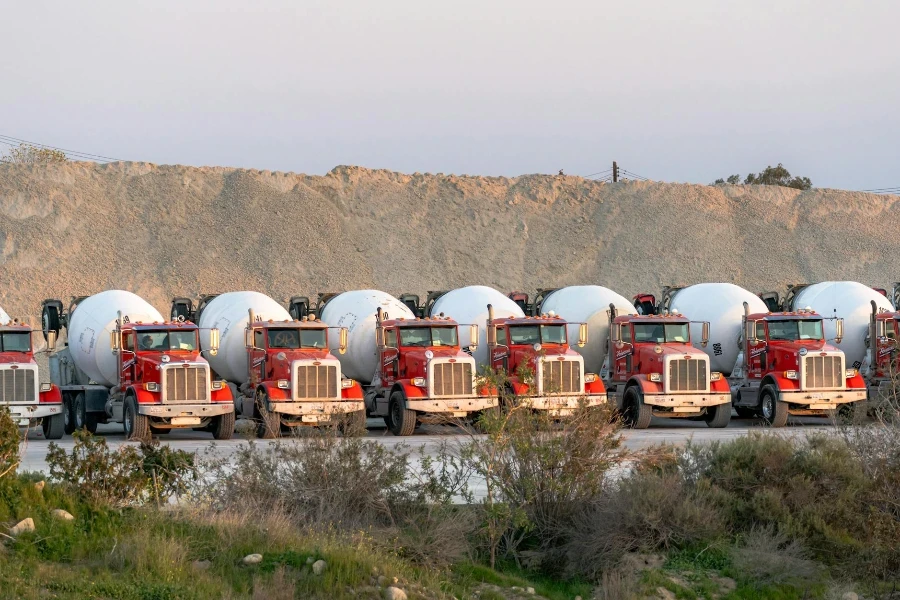Concrete mixers, the backbone of construction projects worldwide, blend cement, aggregate, and water into concrete, ready for use. This article aims to demystify the complexities surrounding these machines, breaking down their critical aspects into manageable insights. Whether you’re a seasoned professional or a curious newcomer, understanding these mixers’ workings, types, maintenance needs, safety considerations, and technological advancements will empower you to make informed decisions. Let’s delve into the world of concrete mixers, exploring the five sections users care most about.
Table of Contents:
– Understanding the workings of a concrete mixer
– Types of concrete mixers and their applications
– Maintenance tips for your concrete mixer
– Safety considerations when operating a concrete mixer
– Technological advancements in concrete mixer designs
Understanding the workings of a concrete mixer:

Concrete mixers, at their core, are designed to mix concrete components uniformly. The process involves a rotating drum, where cement, aggregates, and water are combined. This rotation ensures that the mix is consistent throughout, essential for the structural integrity of the concrete. Understanding this basic principle is crucial for anyone looking to delve deeper into the subject.
Types of concrete mixers and their applications:

Concrete mixers come in various types, each suited to specific tasks and scales of operation. From portable mixers for small-scale projects to stationary mixers for large volumes of concrete, the choice depends on the project’s needs. Understanding the strengths and limitations of each type can significantly impact the efficiency and quality of construction work.
Maintenance tips for your concrete mixer:

Proper maintenance is key to extending the lifespan of a concrete mixer. Regular checks and cleaning can prevent the buildup of hardened concrete, which can impair the mixer’s functionality. Additionally, lubrication of moving parts and inspection for wear and tear are essential practices that ensure the mixer operates at its best.
Safety considerations when operating a concrete mixer:

Safety cannot be overstated when it comes to operating heavy machinery. Concrete mixers, with their moving parts and operational hazards, require strict adherence to safety protocols. Protective gear, proper training, and awareness of the mixer’s operational guidelines are fundamental to preventing accidents on the job site.
Technological advancements in concrete mixer designs:

The evolution of concrete mixers has been marked by significant technological advancements. Modern mixers boast features that enhance efficiency, reduce environmental impact, and improve the quality of the concrete mix. From electric mixers that lower emissions to automated systems that ensure precise ingredient ratios, these advancements are shaping the future of construction.
Conclusion:
Concrete mixers play a pivotal role in construction, transforming raw materials into the very foundation of our infrastructure. By understanding their workings, types, maintenance needs, safety considerations, and technological advancements, individuals and businesses can harness these machines’ full potential. Armed with this knowledge, you’re now better equipped to navigate the complexities of concrete mixers, ensuring your projects are not just successful, but also safe and efficient.



